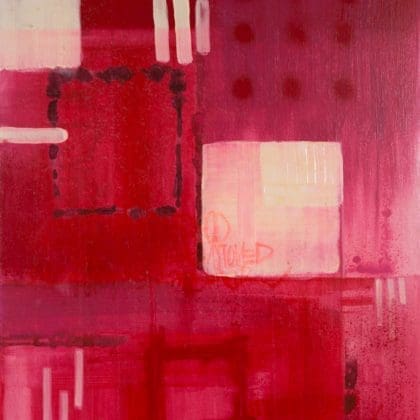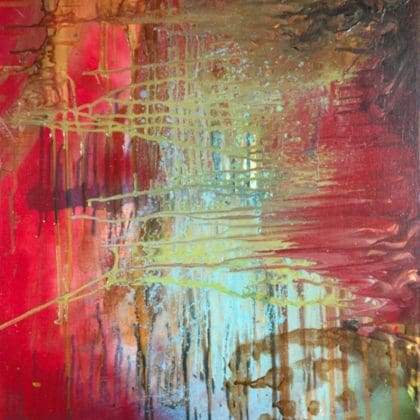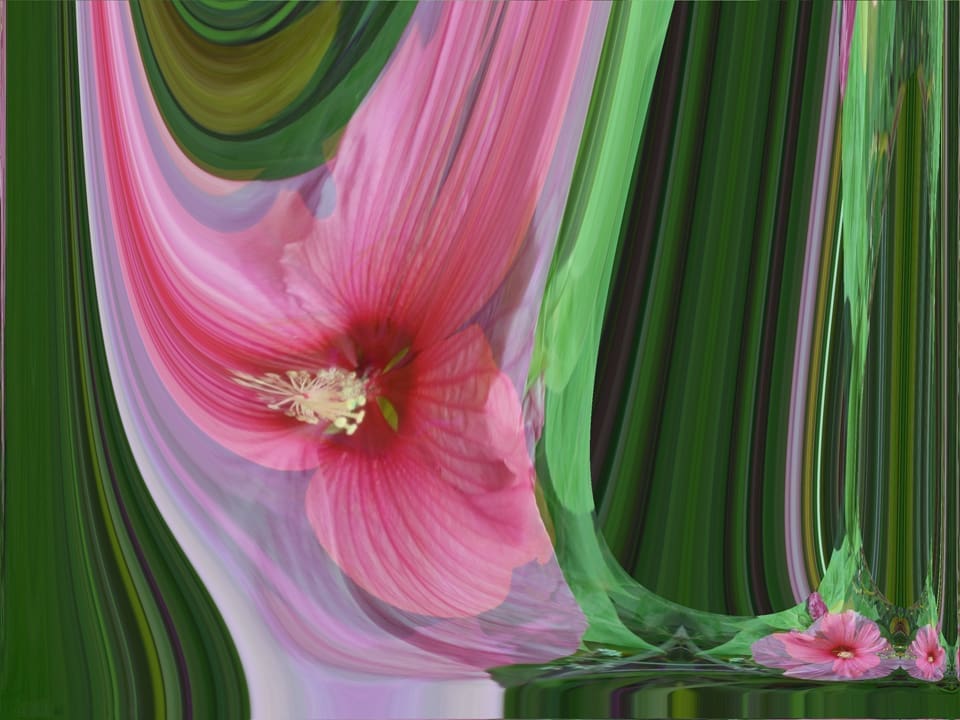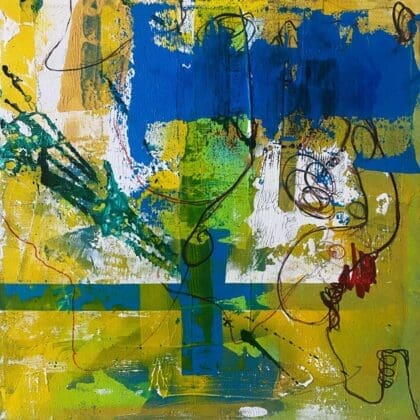Art collecting is a rewarding and enriching hobby that allows you to express your creativity, appreciate the beauty of human expression, and potentially make valuable investments. Whether you’re drawn to paintings, sculptures, photography, or any other form of artistic expression, starting your art collection can be an exciting adventure. In this beginner’s guide, we’ll explore the essential steps and considerations to help you embark on your journey into the world of art collecting.
Introduction to Art Collecting
Art collecting is not solely reserved for the elite or the wealthy; it’s a passion that can be pursued by anyone with an appreciation for creativity and beauty. Before you dive into the world of art, it’s essential to understand that collecting art is a highly personal and subjective endeavor. Your collection should reflect your tastes, interests, and emotions, making it a unique expression of who you are.
Why Collect Art?
- Personal Enjoyment: The primary reason to collect art is the personal enjoyment and connection it brings. A piece of art can evoke emotions, inspire creativity, and provide a source of daily pleasure.
- Investment Potential: While not every piece of art will appreciate significantly in value, some artworks do become valuable over time, making art collecting a potential investment.
- Cultural and Historical Value: Art often reflects the time, place, and culture in which it was created. Collecting art allows you to engage with different cultures and historical periods.
- Supporting Artists: By collecting art, you support artists and contribute to the flourishing of the art community.
Where to Start Your Art Collection
Now that we’ve established why art collecting is worth pursuing, let’s explore the practical steps to get you started on your art collecting journey.
1. Define Your Budget
Before you start purchasing art, it’s crucial to establish a budget that aligns with your financial capabilities and collecting goals. Your budget will help you make informed decisions and prevent overspending. Consider how much you’re willing to invest in your art collection, keeping in mind that collecting can be as affordable or as extravagant as you choose.
Example: If you’re just starting, you might allocate a budget of $500 to $1,000 for your first piece of art. This budget allows you to explore various art forms without a significant financial commitment.
2. Explore Different Art Forms and Styles
Art comes in many forms, from paintings and sculptures to photography, digital art, and more. Take the time to explore different art forms and styles to discover what resonates with you.
Example: You might find that you’re drawn to abstract paintings, Impressionist landscapes, or contemporary sculptures. Understanding your preferences will guide your collection’s direction.
3. Visit Galleries and Museums
One of the best ways to learn about art and discover your preferences is by visiting galleries and museums. These institutions showcase a wide range of artworks and provide opportunities to engage with knowledgeable curators and artists.
Example: Spend a weekend exploring local art galleries and museums. Pay attention to the pieces that captivate you and take notes on the artists and styles you enjoy.
4. Research Emerging Artists
While established artists often command higher prices, emerging artists can offer exciting opportunities for new collectors. Research and discover emerging talents whose work aligns with your taste.
Example: You may come across an emerging painter whose vibrant abstract works resonate with you. Purchasing pieces from emerging artists can be both affordable and a chance to support up-and-coming talents.
5. Attend Art Fairs and Exhibitions
Art fairs and exhibitions provide an excellent platform to view and purchase art directly from artists and galleries. Attend local art events and exhibitions to immerse yourself in the art scene.
Example: Attend a contemporary art fair in your city where you can interact with artists and gallery representatives. It’s a great way to make connections and find unique pieces for your collection.
6. Online Art Marketplaces
The internet has revolutionized the art market, making it easier than ever to buy art online. Platforms like Artsy, Saatchi Art, and Etsy offer a vast selection of artworks, allowing you to explore and purchase from the comfort of your home.
Example: You can browse an online art marketplace, such as Artsy, to discover artworks from artists worldwide. Read artist profiles, reviews, and descriptions to make informed choices.
7. Build a Relationship with Artists and Galleries
Establishing relationships with artists and galleries can enhance your art collecting experience. It allows you to gain insights into the creative process, access exclusive pieces, and potentially negotiate prices.
Example: After attending an exhibition, you strike up a conversation with an artist whose work you admire. This connection might lead to future collaborations or opportunities to acquire their art directly.
8. Learn About Art History and Criticism
A foundational understanding of art history and criticism can deepen your appreciation of artworks. Studying art history will help you recognize different styles, movements, and the historical context in which art was created.
Example: Take an online course in art history or visit your local library to borrow books on the subject. Understanding the history of art can enrich your collecting experience.
9. Trust Your Instincts
When it comes to collecting art, trust your instincts and buy what resonates with you. Your collection should reflect your personal taste and passion, not just what’s popular or trendy.
Example: You come across a small, unsigned painting at a flea market that speaks to you. Despite its lack of provenance, you decide to purchase it because it brings you joy. It becomes the centerpiece of your collection.
10. Document Your Collection
As your art collection grows, it’s essential to document each piece. Maintain records of purchase dates, artists’ information, provenance, and any certificates of authenticity. Proper documentation ensures your collection’s integrity and aids in future valuation.
Example: Create a digital catalog of your collection with details and high-quality images of each artwork. This catalog will be valuable for insurance purposes and tracking your collection’s growth.
11. Consider Art Insurance
Protecting your art collection is essential. Art insurance policies are available to safeguard your investment against damage, theft, or loss. Evaluate your collection’s value and consider an insurance policy that suits your needs.
Example: After acquiring several valuable pieces, you decide to purchase an art insurance policy to ensure that your collection is protected in case of unforeseen events.
12. Connect with Fellow Collectors
Art collecting can be a solitary pursuit, but connecting with fellow collectors can be enriching. Join local art clubs, online forums, or attend collector’s events to share experiences and insights with like-minded individuals.
Example: You attend a collector’s meetup in your city and strike up conversations with experienced collectors. They offer advice and recommend artists you might not have discovered otherwise.
Conclusion
Embarking on your art collecting journey as a beginner can be both exciting and fulfilling. Remember that there’s no right or wrong way to start your collection; it’s all about your personal journey and the connection you build with the art you choose to collect. Explore, learn, trust your instincts, and, most importantly, enjoy the process of building a collection that reflects your unique tastes and passions. As you delve deeper into the world of art, you’ll discover that collecting is not just about acquiring objects but also about nurturing your appreciation for creativity and culture. Happy collecting!




